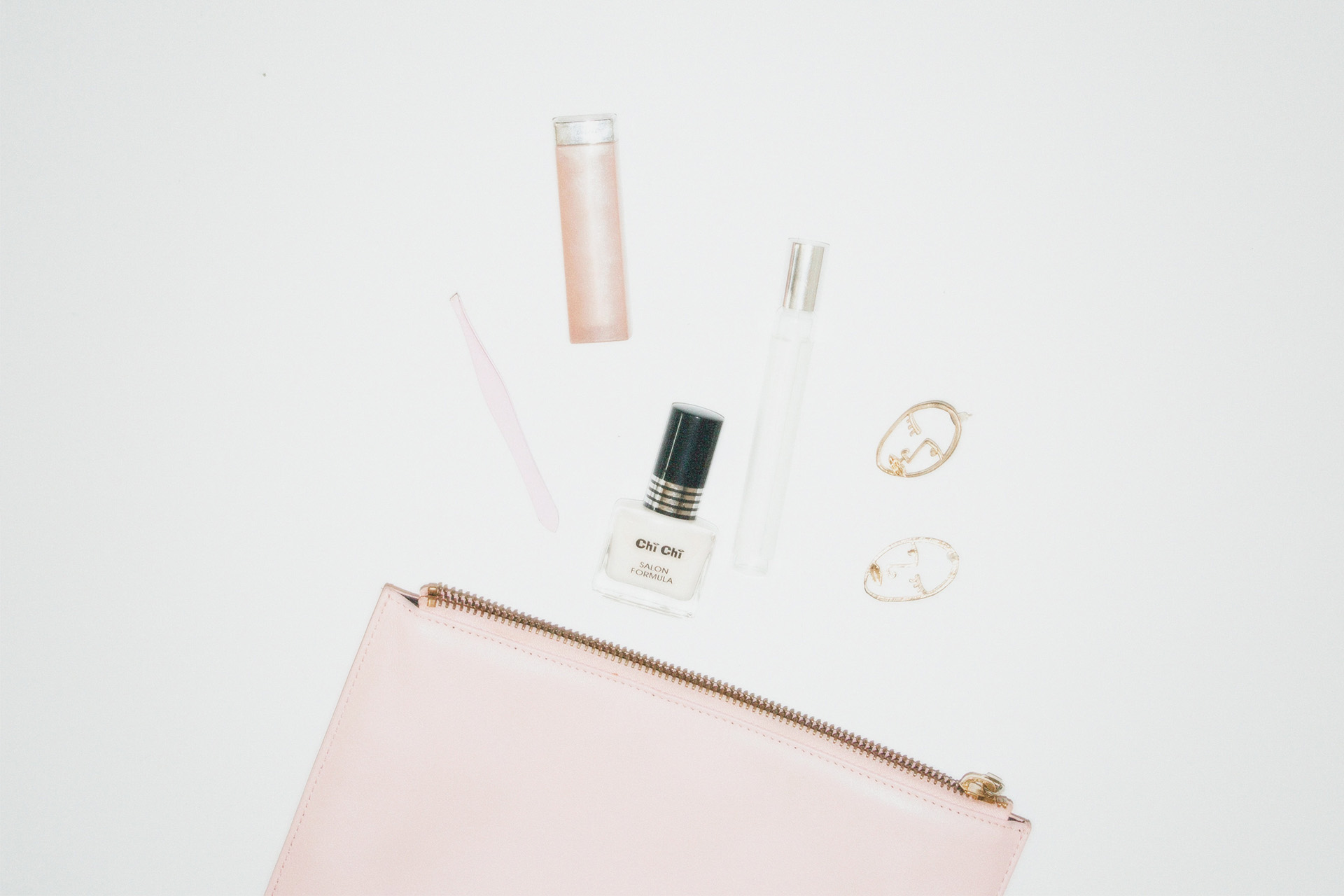Navigating the world of skincare can be challenging, especially after undergoing a dermatological treatment. Whether it’s a chemical peel, laser therapy, microneedling, or any other procedure, your skin requires special care to heal properly and maintain the benefits of the treatment. Choosing the right skincare products post-treatment is crucial to ensure optimal recovery and enhance the results. This comprehensive guide will help you understand the importance of post-treatment skincare, what to look for in products, and how to build an effective routine to keep your skin healthy and radiant.
The Importance of Post-Treatment Skincare
Why Post-Treatment Care Matters
Post-treatment care is essential because your skin is often more sensitive and vulnerable after a procedure. Proper skincare helps:
- Facilitate Healing: Helps the skin recover faster and more effectively.
- Reduce Inflammation: Minimizes redness, swelling, and discomfort.
- Prevent Infections: Protects against bacteria and environmental contaminants.
- Enhance Results: Maximizes the benefits of the treatment.
- Prevent Adverse Reactions: Reduces the risk of side effects like hyperpigmentation or scarring.
Key Factors to Consider When Choosing Post-Treatment Skincare Products
Understanding Your Skin Type and Condition
Knowing your skin type (dry, oily, combination, sensitive) and any specific conditions (acne, rosacea, eczema) will guide you in selecting the appropriate products. Post-treatment, your skin might behave differently, so be attentive to its current state.
Ingredients to Look For
Post-treatment skin needs gentle, hydrating, and soothing ingredients. Here are some key components to include in your skincare products:
- Acide hyaluronique: A powerful humectant that hydrates and plumps the skin without irritation.
- Aloé Véra: Known for its soothing and anti-inflammatory properties.
- Céramides: Indispensable pour restaurer la barrière cutanée et retenir l'humidité.
- Peptides: Help in skin repair and collagen production.
- Niacinamide: Reduces inflammation and redness, supports the skin barrier, and evens out skin tone.
- Vitamine E: An antioxidant that protects and heals the skin.
- Panthenol (Vitamin B5): Hydrates, soothes, and promotes healing.
Ingredients to Avoid
Post-treatment skin is sensitive and can react negatively to harsh ingredients. Avoid the following:
- Alcool: Can dry out and irritate the skin.
- Fragrances: Often cause irritation and allergic reactions.
- Huiles essentielles: Can be too harsh and cause sensitivity.
- Exfoliants: Both physical (scrubs) and chemical (AHA/BHA) exfoliants can be too aggressive.
- Rétinoïdes: Powerful anti-aging ingredients that can cause irritation and sensitivity post-treatment.
Texture and Formulation
Choose products with a gentle and hydrating formulation. Avoid heavy, greasy products that can clog pores or lightweight formulations that might not provide enough moisture.
Building a Post-Treatment Skincare Routine
Étape 1 : Nettoyage
A gentle cleanser is essential to remove impurities without stripping the skin of its natural oils.
- What to Look For: Non-foaming, sulfate-free, hydrating cleansers with soothing ingredients like aloe vera or chamomile.
- Example Products: CeraVe Hydrating Cleanser, La Roche-Posay Toleriane Hydrating Gentle Cleanser.
Étape 2 : Tonifier
Toners can help restore the skin’s pH balance and prepare it for subsequent products.
- What to Look For: Alcohol-free, hydrating, and soothing toners with ingredients like rose water or witch hazel.
- Example Products: Thayers Alcohol-Free Witch Hazel Toner, Klairs Supple Preparation Unscented Toner.
Step 3: Serums
Serums deliver concentrated ingredients to target specific concerns and enhance recovery.
- What to Look For: Hydrating and soothing serums with hyaluronic acid, niacinamide, or peptides.
- Example Products: The Ordinary Hyaluronic Acid 2% + B5, Paula’s Choice Calm Repairing Serum.
Step 4: Moisturizing
A good moisturizer will lock in hydration and support the skin’s barrier function.
- What to Look For: Fragrance-free, non-comedogenic, and containing ceramides, peptides, or squalane.
- Example Products: CeraVe Moisturizing Cream, Vanicream Moisturizing Cream.
Step 5: Sun Protection
Sunscreen is crucial post-treatment to protect the skin from UV damage and prevent hyperpigmentation.
- What to Look For: Broad-spectrum SPF 30 or higher, mineral-based sunscreens with zinc oxide or titanium dioxide.
- Example Products: EltaMD UV Clear Broad-Spectrum SPF 46, La Roche-Posay Anthelios Mineral Zinc Oxide Sunscreen SPF 50.
Special Considerations for Different Treatments
Pelures chimiques
Chemical peels exfoliate the skin, making it sensitive and more prone to irritation.
- Post-Treatment Focus: Hydration and soothing are key. Use gentle, hydrating cleansers and rich moisturizers.
- Avoid: Active ingredients like retinoids, AHAs, and BHAs for at least a week post-peel.
Traitements au laser
Laser treatments can cause redness, swelling, and increased sensitivity.
- Post-Treatment Focus: Calming and repairing the skin barrier. Use products with ceramides and niacinamide.
- Avoid: Exfoliants and harsh active ingredients until the skin has healed.
Microneedling
Microneedling creates micro-injuries to stimulate collagen production, leading to temporary redness and sensitivity.
- Post-Treatment Focus: Hydration and repair. Use hyaluronic acid serums and gentle moisturizers.
- Avoid: Retinoids, acids, and any irritating ingredients for a few days post-treatment.
Dermabrasion
Dermabrasion removes the outer layers of skin, requiring intensive post-care.
- Post-Treatment Focus: Barrier repair and hydration. Use thick, occlusive moisturizers.
- Avoid: Exfoliants and active ingredients until the skin has fully recovered.
Tips for Maintaining Results and Supporting Skin Health
La cohérence est la clé
Stick to your post-treatment skincare routine consistently to support healing and maintain the benefits of the treatment.
Hydratation
Keep your skin well-hydrated by drinking plenty of water and using hydrating skincare products.
Régime alimentaire et mode de vie
A balanced diet rich in antioxidants, vitamins, and minerals supports skin health. Avoid smoking and excessive alcohol consumption, as they can impair skin healing and accelerate aging.
Follow Up with Your Dermatologist
Regular check-ups with your dermatologist will ensure your skin is healing properly and allow for adjustments to your skincare routine if needed.
Écoutez votre peau
Pay attention to how your skin responds to different products. If you experience irritation or discomfort, consult your dermatologist and adjust your routine accordingly.
Conclusion
Choosing the right skincare products post-treatment is essential for optimal recovery and maintaining the benefits of dermatological procedures. By understanding your skin’s needs and selecting products with gentle, hydrating, and soothing ingredients, you can support your skin’s healing process and achieve a healthy, radiant complexion. Building a consistent post-treatment skincare routine and avoiding harsh ingredients will help prevent adverse reactions and enhance the results of your treatment. Embrace these guidelines to ensure your skin remains healthy and beautiful long after your treatment.



